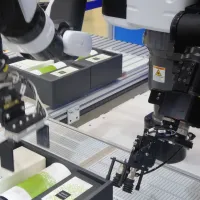A Southampton management scientist together with Sri Lanka’s Ministry of Health have collaborated to develop a dentist simulation model that is improving access to dental care across the country. The research, which began in 2011 made recommendations that directly influenced government policy and reduced unemployment rates in the dentistry sector.
Now over 1.5 million people who’d previously had no access to state-funded healthcare, take annual visits to the dentist. A dramatic reduction in unemployment rates for qualified dentists has resulted in more dentists remaining in Sri Lanka to pursue their careers.





